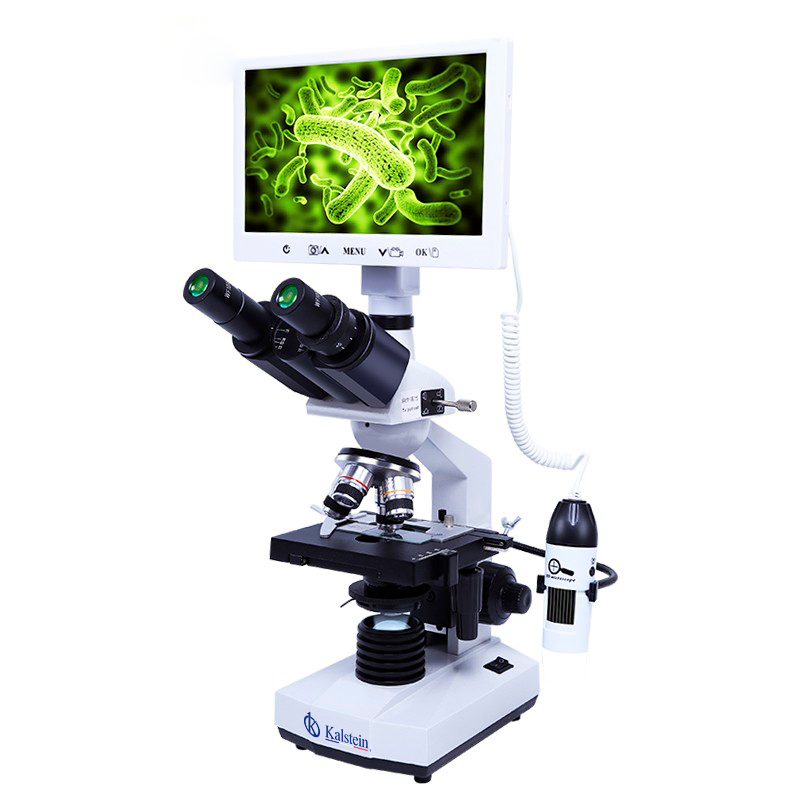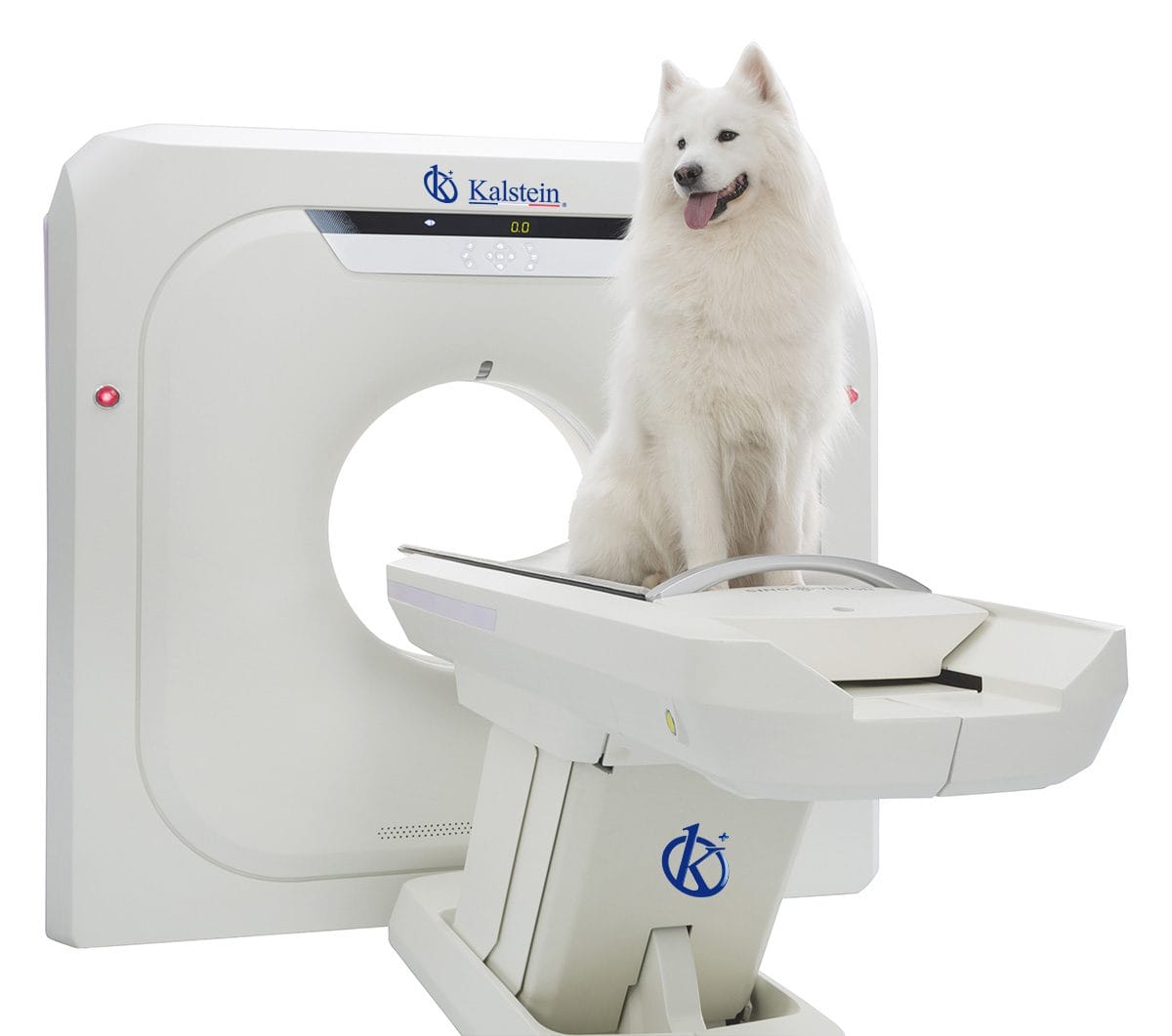Since their invention in the 16th century, microscopes have revolutionised the field of science, enabling researchers to explore the invisible world to the naked eye and make astonishing discoveries. Nowadays, technological advances have led to the creation of increasingly sophisticated and powerful microscopes, capable of revealing details at a molecular and atomic level. In this article, we will explore how microscopes have changed science and have been fundamental in advancing humanity in various fields. https://kalstein.pl/category-product/laboratory-line/microscopes/
Microscopes have played a crucial role in the discovery and progress of science throughout history. From the first observations of cells to current studies at the molecular level, microscopes have allowed scientists to explore the natural world in a way never seen before. With the continued advancement of microscopy technology, scientific discoveries are expected to continue accelerating and opening new frontiers in research and innovation. Microscopes are truly an indispensable tool for advancing human knowledge and continuing to explore the mysteries of the universe. If you want to know the high-end product catalog that we have for you at KALSTEIN visit us https://kalstein.pl/
The Role of Microscopes in Scientific Discovery
Microscopes have been a key tool in numerous scientific discoveries throughout history. From the first observations of cells in the 17th century to current studies on nanotechnology, microscopes have allowed scientists to delve into the secrets of the natural world. Thanks to their ability to enlarge small objects by hundreds and even thousands of times their original size, microscopes have opened a window to a universe invisible to the naked eye.
In the field of microbiology, microscopes have been fundamental in the discovery of bacteria, viruses, and other microorganisms that have had a significant impact on human health. Advances in microscopy technology have allowed scientists to study the structure and function of these small creatures with an unprecedented level of detail, leading to the creation of new treatments and vaccines to combat diseases.
The Evolution of Microscopes Over Time
Over centuries, microscopes have evolved from simple lenses to complex electronic devices capable of producing high-resolution images. Manufacturers like Kalstein have been pioneers in developing innovative technologies in the field of microscopy, offering high-quality equipment for researchers and laboratory professionals worldwide. These state-of-the-art microscopes allow users to perform detailed studies in a wide range of disciplines, from biology to physics.
Modern microscopes incorporate advanced features such as the ability to capture 3D images, analyze samples in real-time, and perform precise measurements at a microscopic level. Thanks to these innovations, scientists can conduct more in-depth and detailed research than ever before, accelerating the pace of discoveries in various scientific fields.
The Impact of Microscopes in Education and Research
Apart from their role in scientific discovery, microscopes have also had a significant impact on education and research. In classrooms worldwide, microscopes are an indispensable tool for teaching students about the structure of cells, tissues, and microorganisms. By being able to observe these objects in detail through the microscope, students can better understand scientific concepts and develop critical observation and analysis skills.
In research environments, microscopes are essential tools for conducting experiments and studies in a wide variety of fields, from molecular biology to nanotechnology. Researchers use microscopes to visualize subcellular structures, study biological processes at the molecular level, and develop new materials with unique properties. Without the support of microscopes, many key scientific and technological advances would not have been possible.
The Future of Microscopy: New Perspectives and Opportunities
As technology continues to advance, the future of microscopy is exciting and full of possibilities. Manufacturers like Kalstein are working on the development of even more powerful and versatile microscopes that will allow scientists to explore the natural world at levels never before imagined. With the integration of artificial intelligence and data analysis in microscopes, the ability to obtain detailed and accurate information from samples is expected to improve significantly in the coming years.
Furthermore, super-resolution microscopy and fluorescence microscopy are opening up new opportunities in fields such as neuroscience, cell biology, and medical research. These advanced techniques allow scientists to study biological processes in real time and observe structures at the molecular level with unprecedented clarity. With each advance in microscopy technology, new doors are opened for research and discovery in all fields of science.


